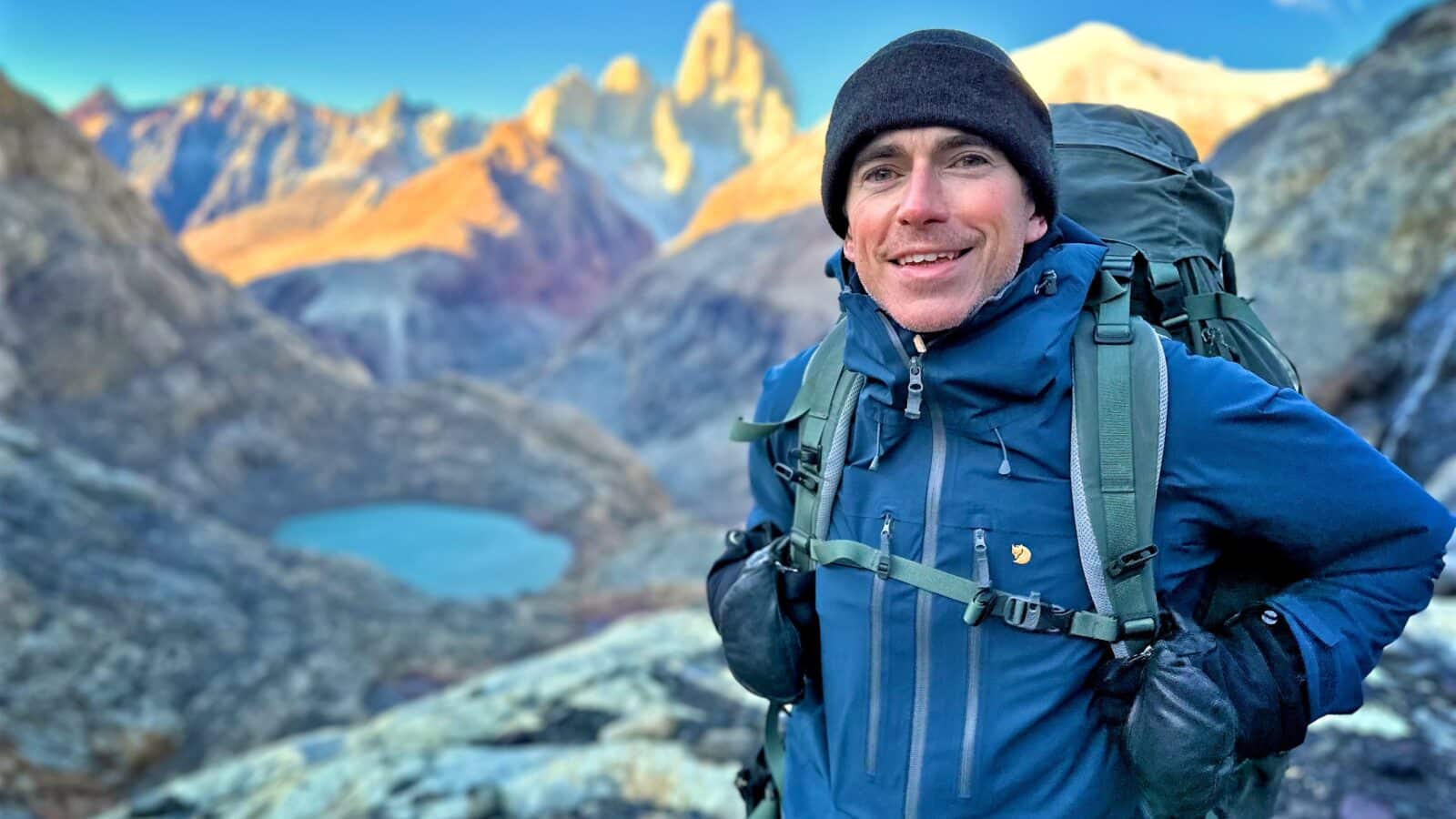It has been a delight to provide full post production for Wilderness with Simon Reeve , produced by The Garden. This epic series for BBC Two follows Simon on his toughest journeys yet – into some of the most difficult locations the crew have ever faced.
Each location brought its own set of challenges; the intense and unforgiving conditions of the Congo; the brutal weather of Patagonia; the deep and unpredictable seas of the Coral Triangle; and the vast expanses of the Kalahari. It was Clear Cut’s challenge to take the raw material and to reflect back those differences to enhance the location featured in each episode.
Colourist, Damion Katwaroo collaborated with Executive Producer, Sam Bagnall, to establish a subtle yet captivating natural colour palette that remained true to the series’ ethos. Damion ensured there was visual cohesion and worked to enhance the phenomenal landscapes that had been captured across a diverse range of camera formats.
Navigating the varying lighting conditions encountered in the wilderness, Damion worked in Filmlight’s T-log to get the most out of the camera ranges and employed a variety of techniques to balance footage using Baselight’s ‘Film Grade’ and ‘Basegrade’ plugins to create a seamless viewing experience. Damion made careful adjustments to maintain consistent skin tones and precision grading to manage challenging contrasts between bright skies and shaded landscapes. Due to the remote nature of the programme, production used multiple cameras including drones and GoPro to capture the magnificent scenery. Damion worked with Head of Picture, Ben Salkeld, to stabilise shots and, using the Boris SapphireFieldRemove plugin, to treat some footage to create a cohesive and elegant master sequence.
With the stunning pictures in place, it was down to the audio team, led by Head of Audio, Ben Newth to take the soundscapes to the next level.
The first job was to enhance the field recordings, preserving the unique ambiences whilst making sure the dialogue was consistent and intelligible. This would in turn allow the audio team far more freedom for expressive sound design and dynamic music cues. Using Sound Radix’s Auto-Align throughout, not only to solve phase issues between different sources, but to help provide sonic continuity. It enabled Ben to combine mics to give a more natural perspective to the dialogue, and to keep similar sound throughout the scenes. In the noisy Congo village for instance, Ben dug out stereo sync to help demonstrate the very noisy welcome Simon and the crew were given, while Supertone’s Clear also helped to separate the noise on individual mics.
EQ played an important role in balancing changing atmospheres full of insects and jungle creepy crawlies, and giving clarity to muffled, windy recordings. Ben notch-filtered uncomfortable frequencies and reflections to make the dialogue edits sound more consistent. In the tracklay, atmospheres were pitch-shifted and effects were added to match the field recordings – occasionally using Izotope’s Ambience Match to allow time on transitions.
Spot effects were chosen carefully to match the native animals. Pre-recorded foley was tracklayed to enhance their presence and to inform us sonically about the landscapes – whether that be trekking deep into the Congo rainforest, hiking across Patagonian ice fields, swimming with whale sharks in the Coral Sea, or tracking wildebeest in the Kalahari desert.
